Battle River Watershed
"This was a water meadow before the railroad. Full of buffalo, wolves, deer—all sorts of wildlife. A paradise." Dave Cunningham
Ribstone carvings in quartzite survey the surrounding prairie which would have been populated with herds of buffalo, as well as those Indigenous people who made the carvings, thousands of years ago. They are still considered sacred, offerings given.
In this time of wars in distant lands which have global consequences, I have been drawn back to work I did in 2008-2010 along the Battle River in Alberta. At the time I imagined a larger project, which never materialized, partially because this is not the country in which I dwell. I was, and am, fascinated by Battle River, named for it’s Indigenous heritage, while also serving as a living witness to changes to the landscape brought by colonists and the evolving technologies and mindsets they arrived with and implemented. Little is left unaltered of what has been described by many observers as a Paradise. Demands on Battle River are extreme, even more so with the escalation of climate change.
Battle River, in Alberta, is written of as a major tributary of the North Saskatchewan River which flows from Saskatchewan Glacier in the Canadian Rockies to Hudson’s Bay. Sections of the river are located at the bottom of deep canyons carved by glaciers in a long ago Ice Age. Battle River doesn’t originate in the mountains; it’s a collector of groundwater, fed by rainfall, snowfall, streams and shallow prairie lakes throughout the Battle River watershed. It provides water for much of eastern Alberta and western Saskatchewan through water leases negotiated in the nineteenth century.
Peter Fiddler, an explorer and map-maker employed by the Hudson’s Bay Company, named the river in 1793, based on information he gleaned from Indigenous sources, that the river was a border in disputes between Indigenous tribes over land. When I look for this history online it is scanty and clearly incomplete. Cree and Blackfoot are mentioned but I know of other tribes as well who call this their ancestral land. The Neutral Hills are another feature in this landscape with Indigenous history: a place for negotiation and coming together in peace.
I have read that there are over 400 dams on the Battle River, not including beaver dams, which are sometimes removed to prevent local flooding. The built dams range in size from weirs servicing individual farms to the massive, coal-fired, Atco hydro-electric dam near Forestburg, and dams built to create recreation areas such as Big Knife Provincial Park and Coal Lake. Water in the Battle River watershed collects everything released into it: chemicals from agriculture, mining, oil and gas extraction, homes. It is a closed system.
Resource Extraction industries are evident throughout this watershed; active wells and plants, as well as No Trespass signs which claim that this land ‘belongs’ to a resource company and is pin-pointed for future development.
Settler culture is still evident in dilapidated houses, barns and local graveyards, reflecting small homesteads which preceded the factory farms and unpopulated landscapes of much of this area today. Modern towns are not located in the same locations. Derelict evidence of our ancestors remains.
Buffalo National Park was located near Wainwright, Alberta, near the Saskatchewan border, from 1909 - 1940. It was created to preserve the last of the plains bison, which were imported from Montana, the Canadian bison having been hunted to extinction. It was delisted in 1947 and the land repurposed as the present military reserve, Garrison Wainwright, one of the busiest Army bases in Canada. The buffalo (who had been breeding very successfully) were moved to a new location, Elk Island National Park.
I ask Josh to show me his buffalo tattoo. He pulls his hoodie over his head. My grandfather’s black-and-white photograph of ‘Sir Donald’ gazes at me from Josh’s right forearm. Sir Donald is reputed to be the last wild plains bison in Canada. He died in captivity in 1909 in the Buffalo Paddock, just outside Banff Townsite, on unceded traditional land within Banff National Park of Iyahe Nakoda First Nations. Josh pulls up the sleeve of his T shirt. Buffalo graze across the prairie of his biceps. The beautifully needled landscape reminds me of gazing west over Battle River Valley from a hill near the Saskatchewan border. My friend Dave said, “This was a water meadow before the railroad. Full of buffalo, wolves, deer—all sorts of wildlife. A paradise.” On Josh’s shoulder are ghost buffalo in the clouds, tattooed in white.
"The Aspen Parkland ecoregion is a broad transition zone between the Prairies and Boreal Plains ecozones in the east and north, and it marks the transition from grasslands to mountains in the west. This ecoregion represents the most extensive boreal- grassland transition in the world. It is characterized by a rich mosaic of grasslands, aspen groves and wetlands. This ecoregion provides habitat for over 45 species at risk and includes some of the most productive and extensive waterfowl breeding habitat on the continent. Almost 80% of the natural cover has been converted to cropland and other land uses. Only 4% is included in conserved/protected areas and of this 0.7%, is designated as community pasture." Nature Conservancy of Canada website. The Battle River Watershed Alliance was formed to protect Battle River watershed.
In 2018 I was fortunate to attend the opening of an exhibition of Governor General award winners in visual and media arts at the National Gallery of Canada. Sitsika (Blackfoot) artist, Adrian Stimson’s piece greeted us as we entered.
A fire burns bright in the National Gallery of Canada: Beyond Redemption by Adrian Stimpson.
A circle of stones, ten seated figures; in the centre a stuffed buffalo stands on a red plastic mat.
The dusty buffalo-robed seated figures are cloaked black crosses, sitting in council.
Failed to render LaTeX expression — no expression found





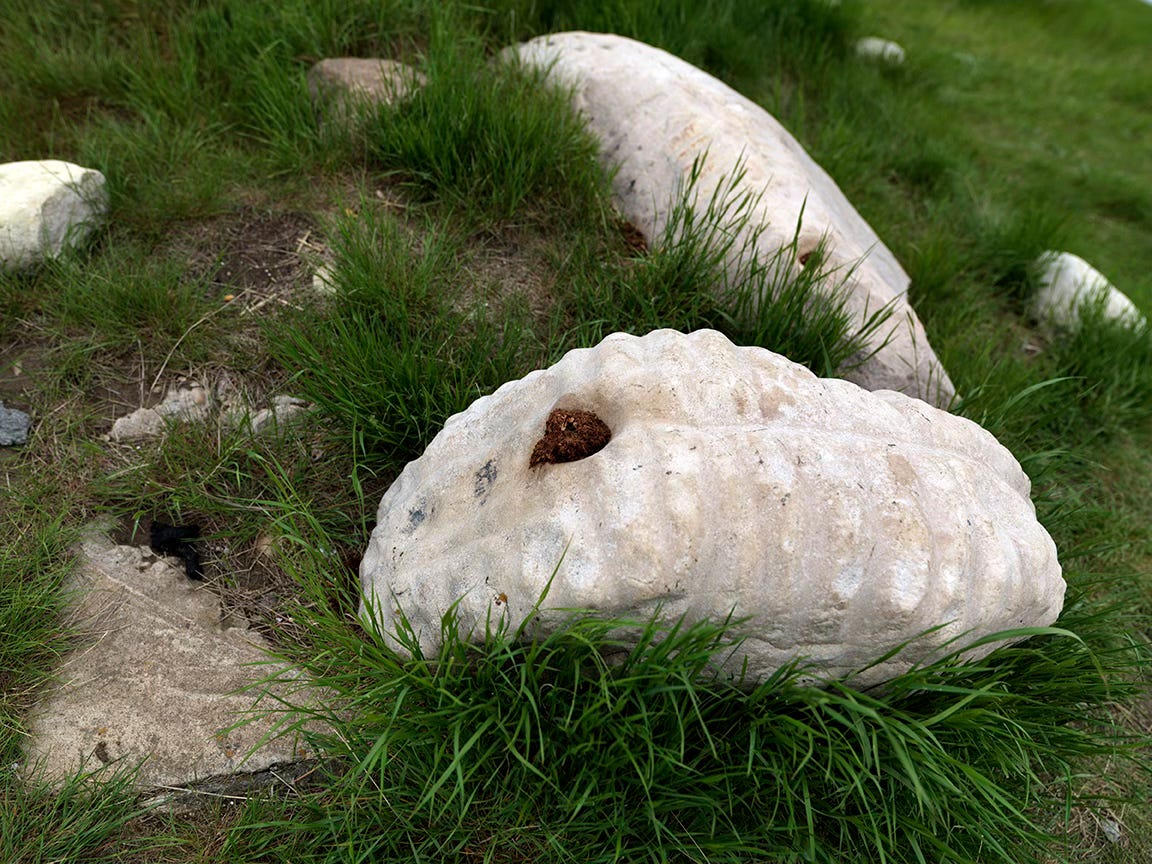
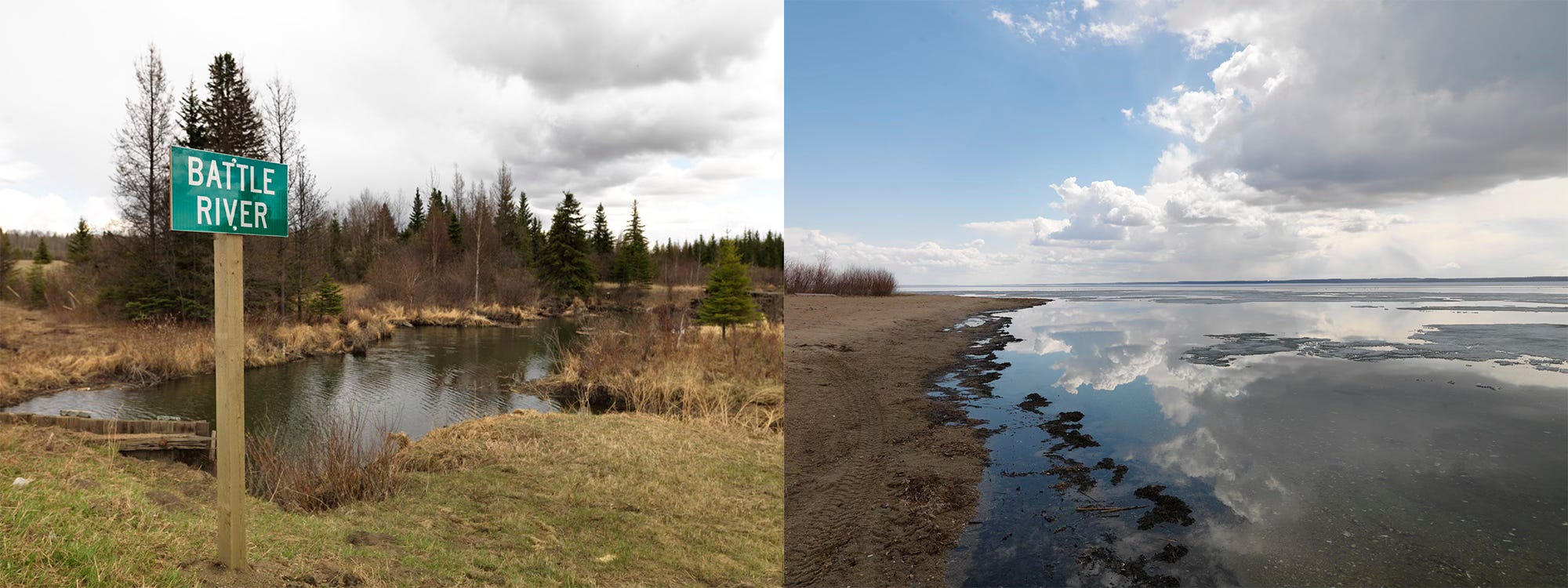
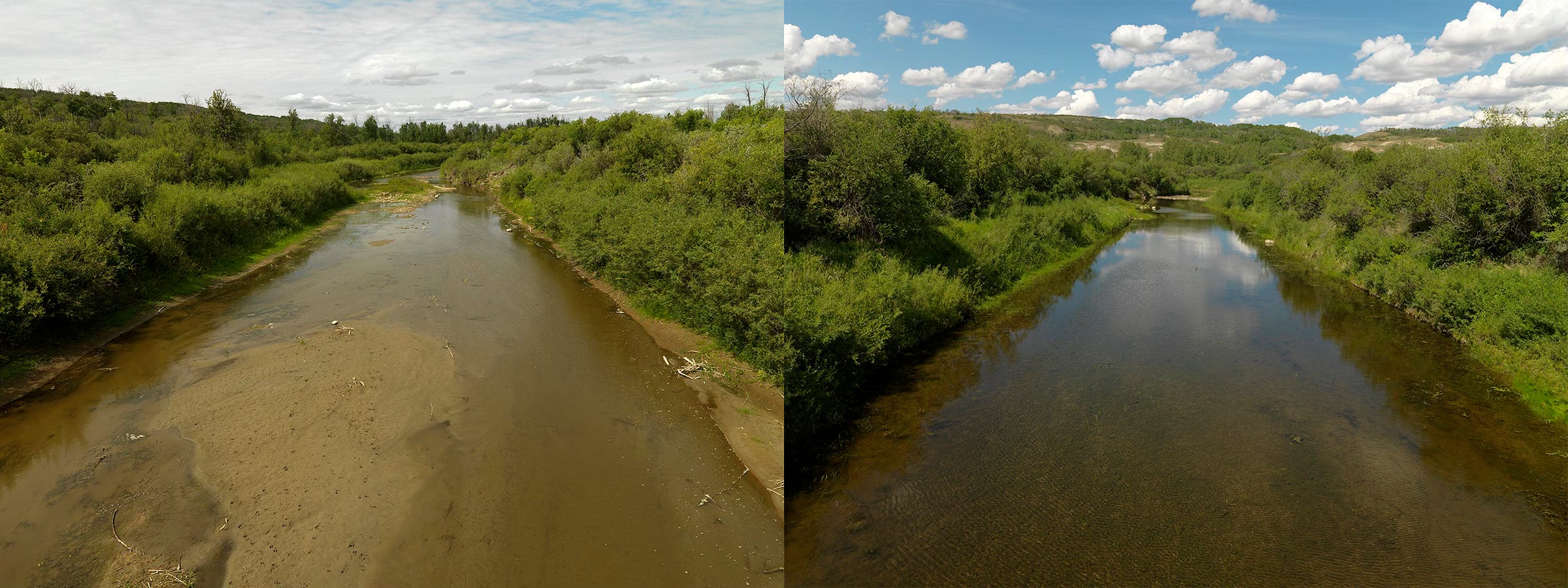
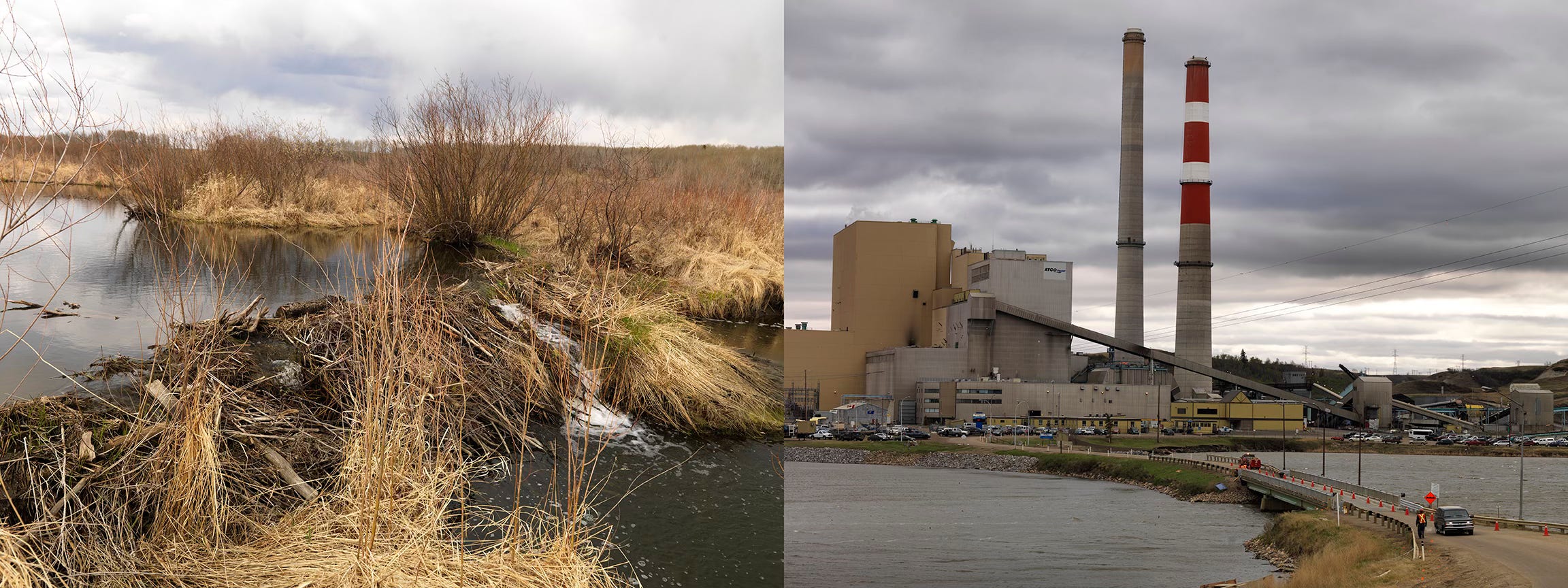
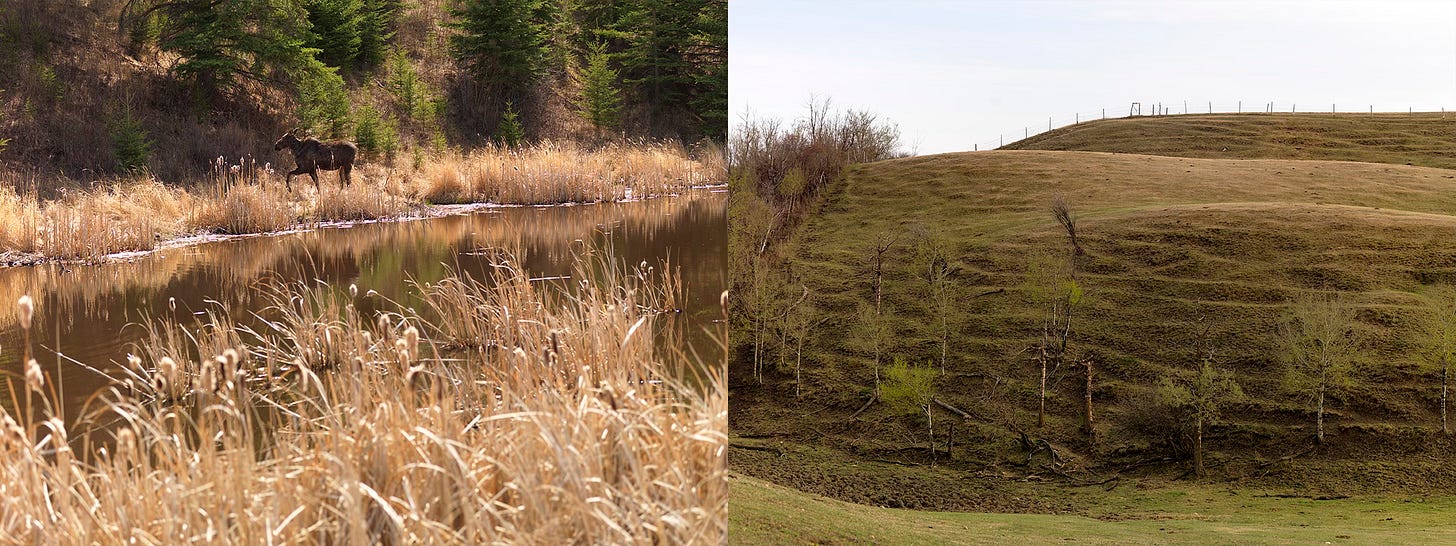
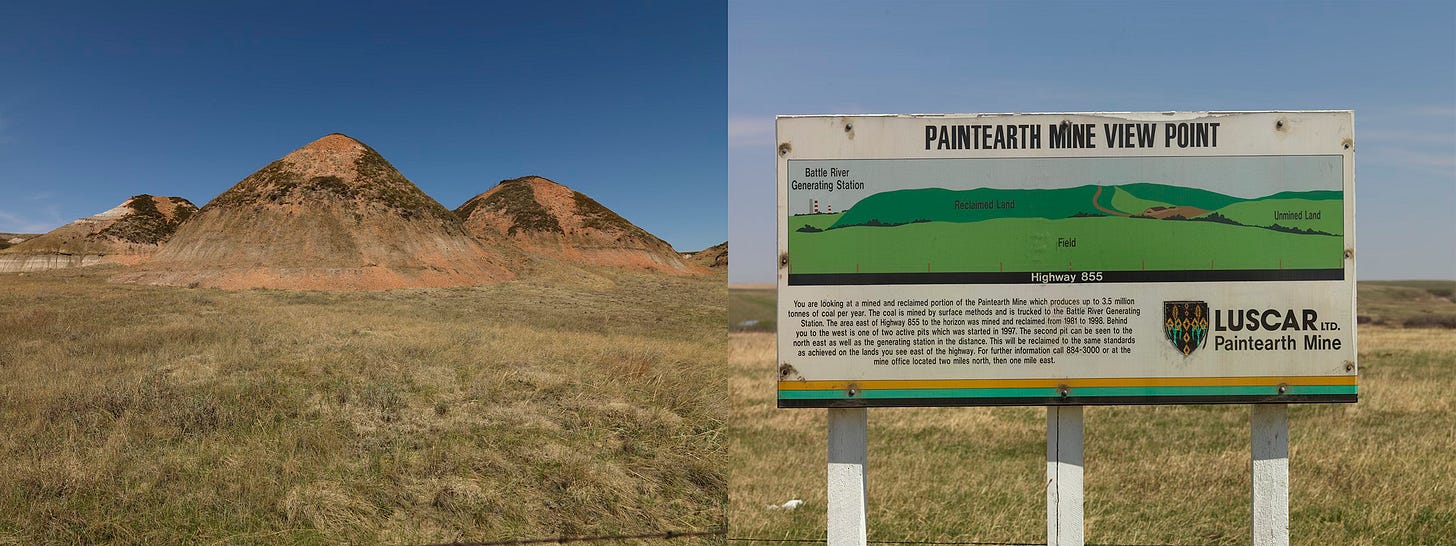

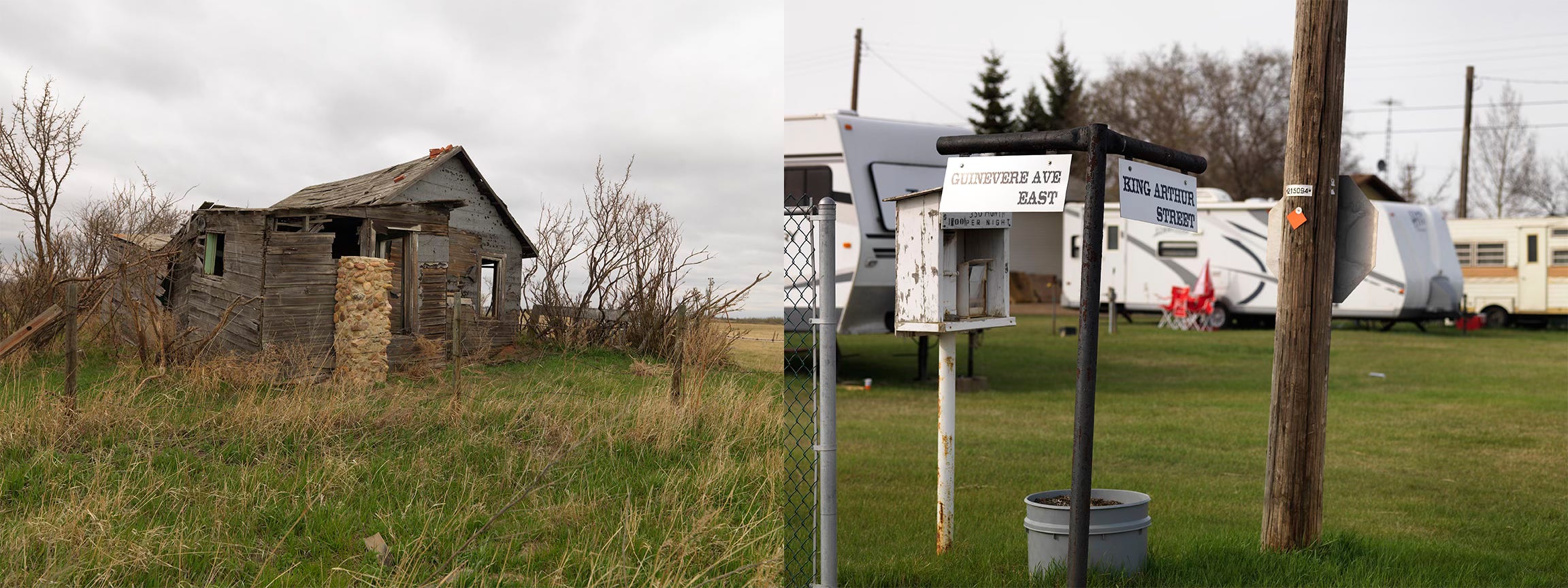
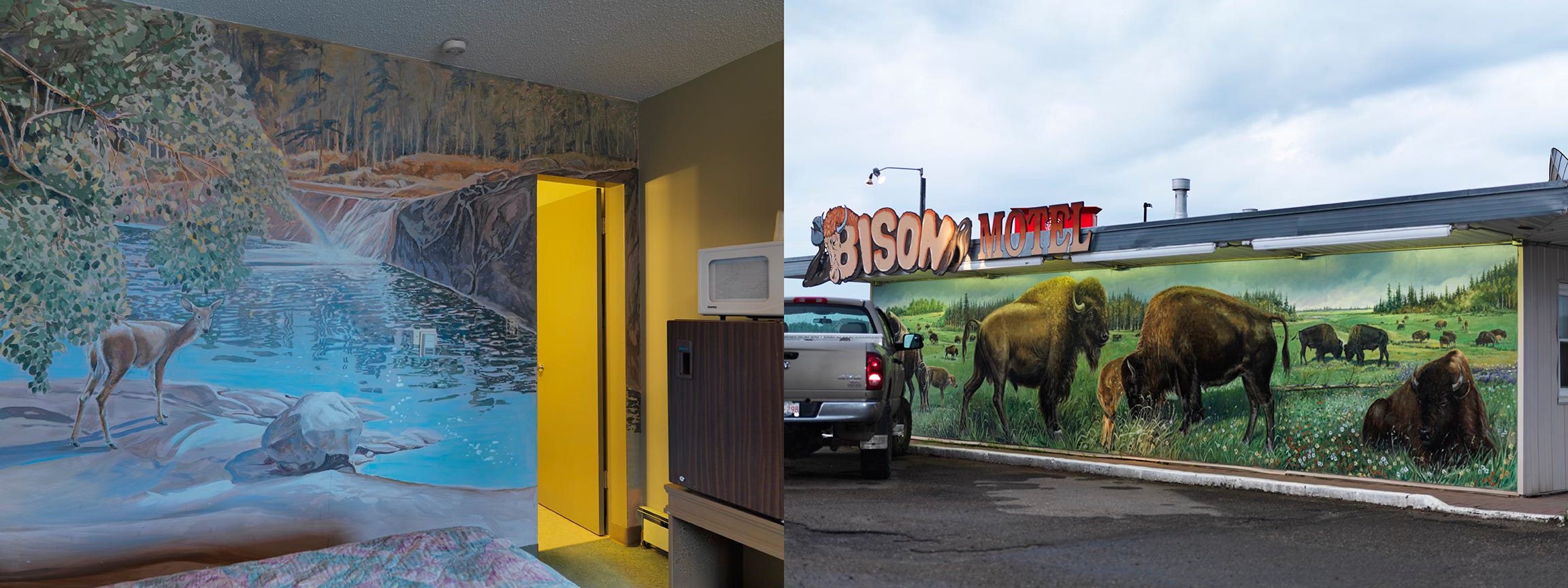
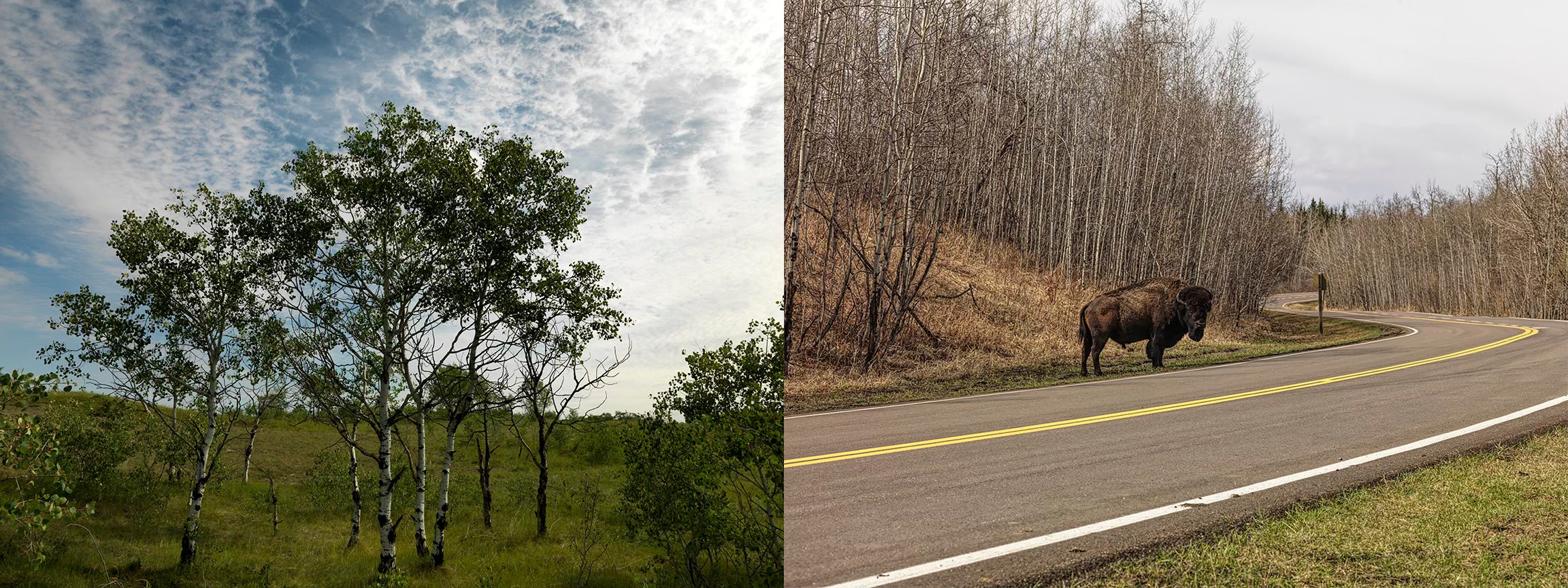
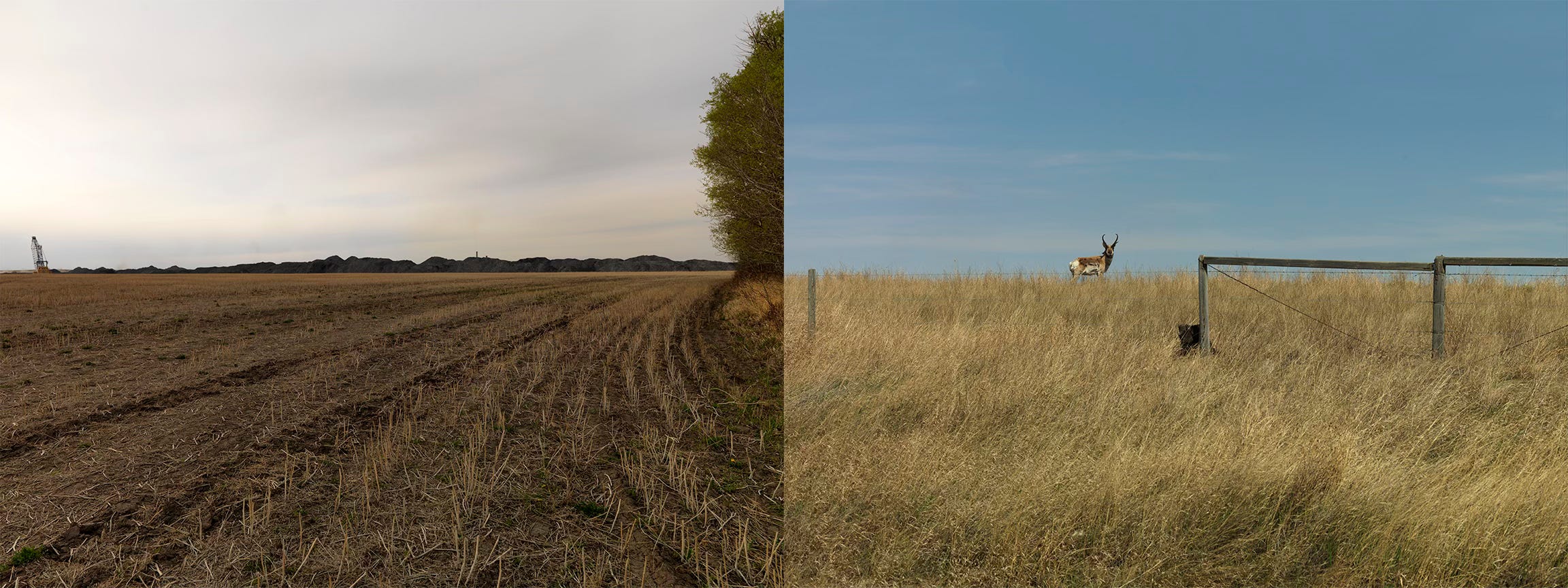
I know no-one who appreciates this country better than you do. While I dont share your sentiment about mountains I do share your love if the avian wilds.
Thanks Patricia
I believe we all have Indigenous blood of one type or another. You atre doing a good service with your plants